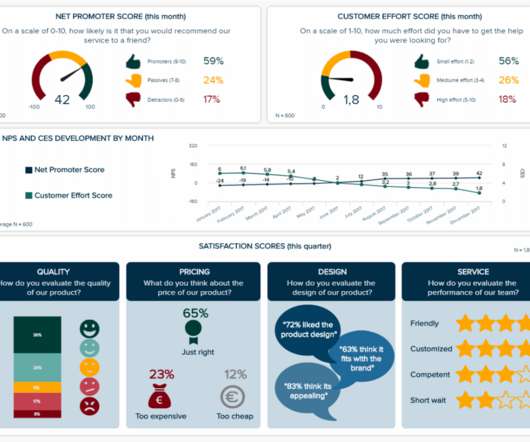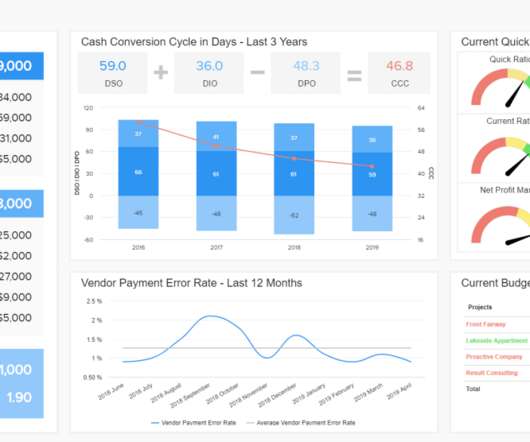Debunking observability myths – Part 3: Why observability works in every environment, not just large-scale systems
IBM Big Data Hub
AUGUST 9, 2023
Even a simple web application can benefit from observability by implementing basic logging and metrics. By adopting observability early on, these organizations can build a solid foundation for monitoring and troubleshooting, ensuring smoother growth and minimizing the risk of unexpected issues.



















Let's personalize your content